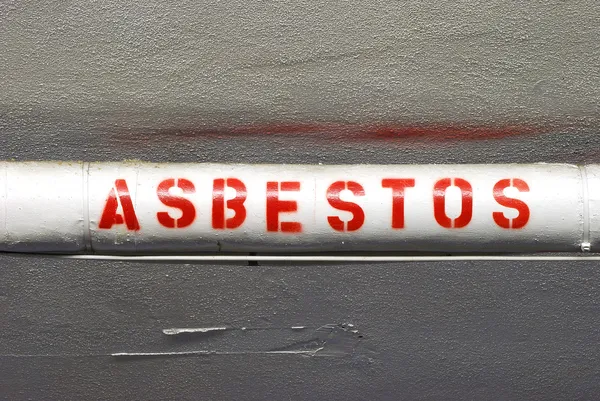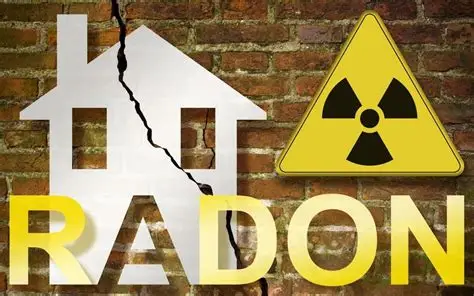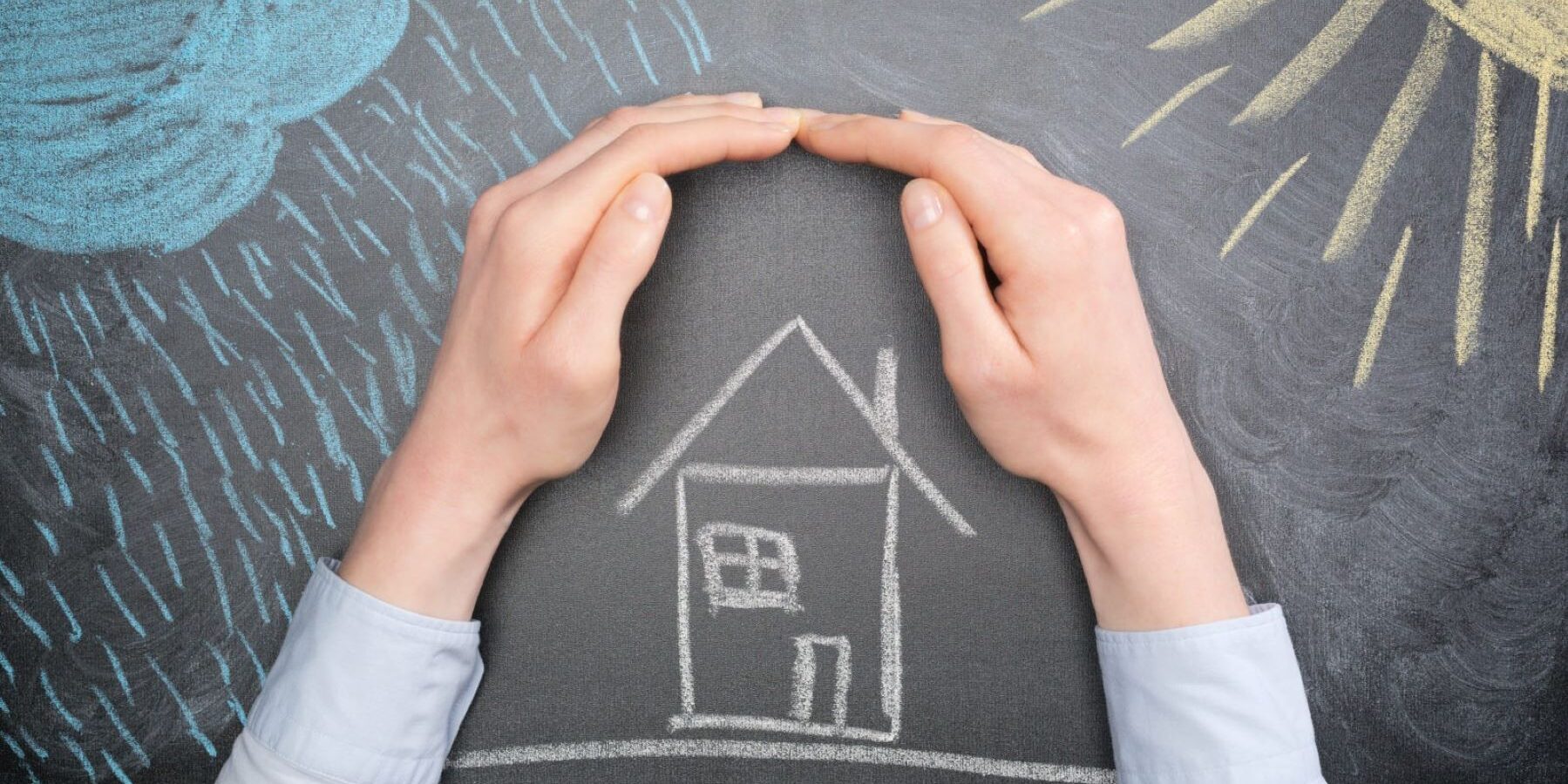Compliance Checks
Gas
Gas safety checks are essential to ensure the safe operation of all gas appliances and associated systems within a property. These checks must be carried out by a Gas Safe registered engineer and include the inspection of gas appliances, pipework, fittings, flues, and chimneys to confirm they are functioning correctly and safely.
Landlords—including housing associations and local councils—are legally required to arrange an annual gas safety check for every property they manage. This obligation is in place to protect tenants from the dangers of gas leaks, carbon monoxide poisoning, and potential explosions.
Oil
It is important that these systems are regularly maintained to ensure they are safe and working efficiently. Annual servicing by a qualified technician, ideally OFTEC-registered, should include checks of the boiler, oil tank, pipework, and safety devices. Regular inspections help prevent leaks, carbon monoxide risks, and environmental damage. Tenants should report any faults or oil smells promptly and allow access for maintenance.
Heat Pumps
Heat pumps as an energy-efficient heating solution. Yearly maintenance and safety checks are important to ensure the system operates efficiently and reliably. Qualified technicians should inspect key components such as the compressor, refrigerant levels, electrical connections, and controls, typically on an annual basis. Regular servicing helps prevent breakdowns, maintain energy efficiency, and extend the system’s lifespan. Tenants should report any issues like unusual noises or lack of heating promptly and provide access for inspections and repairs.
Solid Fuel
Solid fuel heating systems, like coal or wood-burning stoves should have yearly checks, these are important to ensure safe operation and prevent risks such as chimney fires or carbon monoxide leaks. Inspections should include the stove, flue, chimney, and ventilation. Cleaning the chimney annually by a qualified sweep and checking for damage or blockages helps keep the system safe and efficient. Tenants should report any smoke issues, unusual smells, or ventilation problems and allow access for maintenance.
Fire Safety (smoke detectors & sprinkler systems)
Fire safety checks are essential to protect tenants and property. Smoke detectors must be tested yearly to ensure they are working correctly, with batteries replaced as needed. Sprinkler systems, where installed, also require yearly inspections and maintenance by qualified professionals to ensure they function properly in case of fire. Landlords should keep records of all checks and repairs. Tenants should report any faults, such as non-working alarms or sprinkler issues, and allow access for maintenance.
Lifts
Lifts must undertake yearly safety inspections and maintenance to ensure they operate safely and reliably. Qualified engineers should carry out routine checks, including testing safety devices, brakes, and control systems. . Any faults must be repaired promptly to minimize risks to residents. Landlords should keep detailed records of all inspections and servicing. Tenants should report any lift malfunctions or unusual noises and allow access for maintenance visits.
Sewerage Treatment Plants
Sewerage treatment plants require regular servicing and maintenance to ensure they operate efficiently and comply with environmental standards. Routine tasks include inspecting and cleaning screens, pumps, tanks, and filters, checking electrical and mechanical components, and monitoring effluent quality. Scheduled maintenance helps prevent blockages, equipment failures, and environmental contamination. It’s important that qualified technicians carry out these tasks and keep detailed records of all inspections and repairs.
Electrical Installation Condition Report (EICR)
An Electrical Installation Condition Report (EICR) is a safety check required every five years to assess the condition of the property's electrical systems. Conducted by a qualified electrician, the EICR identifies any damage, defects, or risks within the installation and categorizes issues as needing immediate repair (C1), urgent attention (C2), recommended improvements (C3), or further investigation (FI). Landlords, including councils and housing associations, are legally responsible for ensuring these checks are completed, acting on any issues within 28 days.

What is Asbestos and where is it found?
Asbestos is a general name given to several naturally occurring fibrous minerals that have crystallised to form fibres. Asbestos fibres do not dissolve in water or evaporate, they are resistant to heat, fire, chemical and biological degradation and are mechanically strong.
Asbestos may be found in slates, corrugated cement sheeting, soffit boards, gutters/downpipes, chimney flues, water tank trays, textured decorative coatings, wall and bath panels, plastic wall tiles, toilet seat and cistern, open fire/room heating and pipe ducting.
These properties have led to it being used in a wide range of building materials and products for waterproofing, fireproofing, electrical and thermal insulation.
What we do!
Asbestos is not a problem if it is left alone and is undamaged. If it does become damaged or its condition deteriorates, it presents a risk. Asbestos can be dangerous if it is damaged or disturbed by drilling, sawing, sanding or scrubbing, as asbestos fibres are released into the air.
CRHA has appointed specialist surveyors to undertake surveys to its properties to determine and record if there are any ACM’s or presumed ACM’s present, its type, its location and its condition.
CRHA also undertakes asbestos surveys to its properties prior to any refurbishment or improvement works being carried out to identify the locations of materials suspected to contain asbestos.
CRHA will notify customers when their home is due for survey and their Asbestos Surveyor will make appointments to arrange access requirements. The survey will be completed in a single visit.
What can we do!
If you notice any change or note any damage in the condition of your property, please contact our Property Services team immediately so that checks can be carried out and inspections arranged.
Under the terms of your tenancy agreement any alterations which you wish to make must, in the first instance, be given approval by your landlord. This enables your landlord to provide any information relating to asbestos containing materials (ACM’) or presumed ACM’s in your property.
If you want to make an improvement to your property, you must first get permission from CRHA, as certain works may not be allowed or could affect the building’s safety or structure. Depending on the type of work you plan to carry out—especially if it involves disturbing walls, ceilings, or old materials—we may also need to check the asbestos register to ensure there’s no risk of exposure to asbestos-containing materials. This helps keep both you and others in the property safe during any alterations.

What is Radon and where is it found?
Radon is a colorless, odorless, and tasteless radioactive gas that occurs naturally from the decay of uranium in soil, rock, and water. It can enter buildings through cracks in floors, walls, and foundations, often accumulating in enclosed spaces like basements and ground floors.
Radon is everywhere; formed from the uranium in all rocks and soils. Outdoors everywhere and indoors in many areas the radon levels are low and the risk to health is small. The darker the colour on the radon maps, the greater the chance of a high radon level in a building. However not all buildings, even in the darkest areas, have high levels.
Why is it a risk to our health?
Radioactive elements decay and emit radiation. Any exposure to this type of radiation is a risk to health - radiation is a form of energy and can cause damage in living tissues increasing the risk of cancer.
What is a low level?
The amount of radon is measured in becquerels per cubic metre of air (Bq m-3). The average level in UK homes is 20 Bq m-3. For levels below 100 Bq m-3, your individual risk remains relatively low and not a cause for concern. However, the risk increases as the radon level increases.
Our exposure to radiation
We are all exposed to radiation from natural and man-made sources. Just 20 Bq m-3 (the average radon level in UK homes) gives us half our exposure to radiation from all sources. Higher radon levels give higher exposures: that is why it is important to find out the levels in your home and in your school or workplace.
If you receive any radon detectors in the post, please read the enclosed instructions carefully and follow them exactly. These detectors are part of important safety monitoring, and you may be contacted by CRHA or the UK Health Security Agency regarding their placement, collection, or results. It’s essential to complete the process as directed to help ensure the health and safety of everyone in your home.

